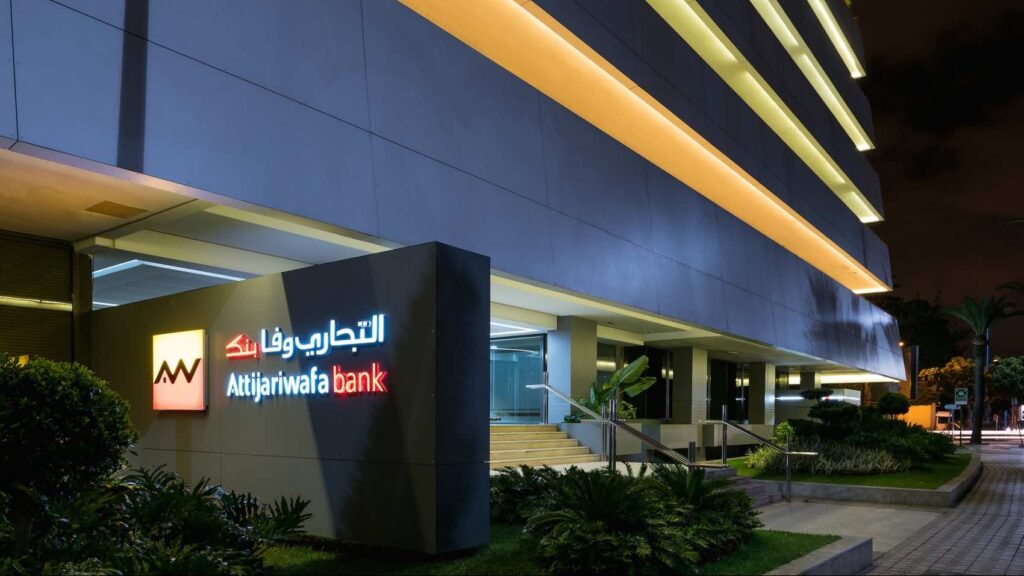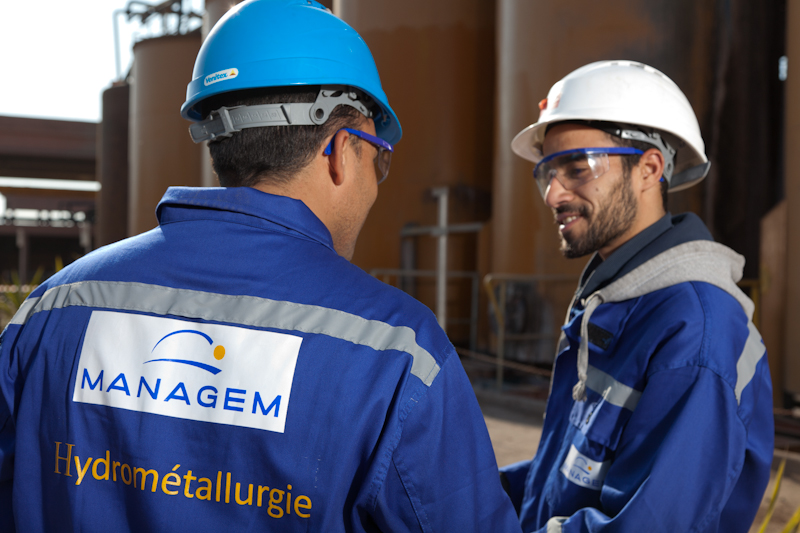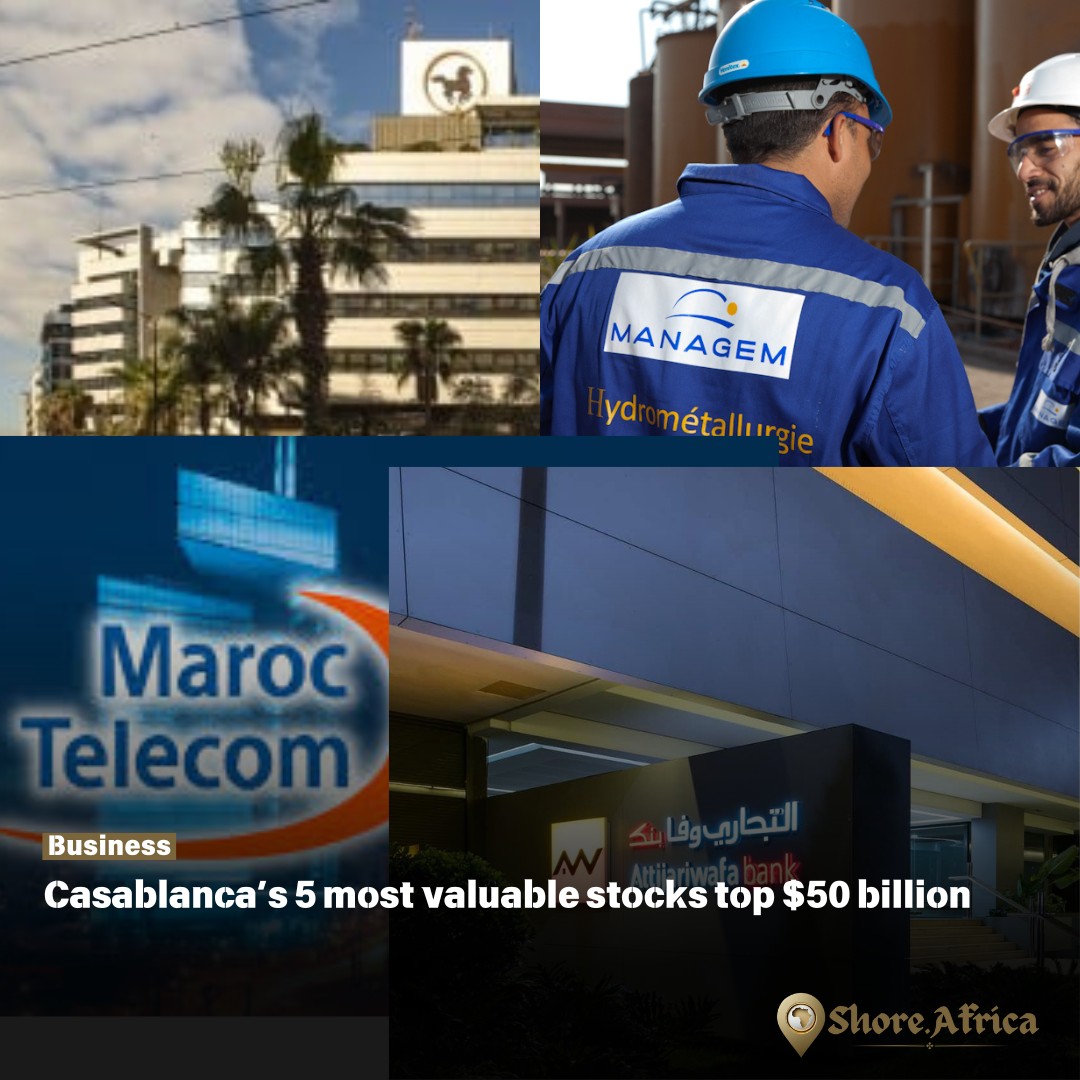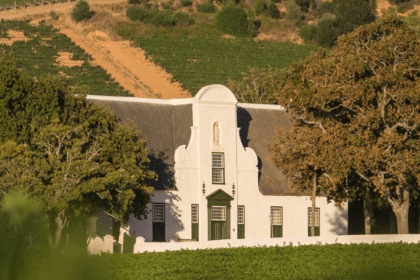At a Glance
- Casablanca Exchange climbs to $113 billion, fueled by strong gains in top five stocks.
- Attijariwafa Bank and Maroc Telecom lead Morocco’s equity rally with billion-dollar valuations.
- Market reforms, new products, and economic growth continue to attract foreign investor attention.
The Casablanca Stock Exchange has been gaining attention this year after its total market capitalization climbed from MAD 943.3 billion ($101.7 billion) on May 29, 2025, when Shore Africa last profiled, to MAD 1.05 trillion ($113.2 billion).
The 11.31 percent gain reflects stronger investor interest and a broad rally in Moroccan equities. The rise brings Casablanca closer in scale to some regional peers and puts five major issuers — Attijariwafa Bank, Maroc Telecom, Marsa Maroc, Managem and Banque Centrale Populaire — at the center of the advance.
Five giants dominate
Together, these five companies account for 44.92 percent of the exchange’s value. Attijariwafa Bank leads with a market capitalization of about MAD167.38 billion ($18.54 billion), followed by Maroc Telecom at MAD108.13 billion ($11.98 billion). Marsa Maroc and Managem each hover in the low MAD73 billion ($8.2 billion), while Banque Centrale Populaire is close behind at MAD64.04 billion ($7.09 billion).

Their combined weight — about 45 percent of the bourse’s capitalization — underscores how dependent Morocco’s market remains on a few large players in finance, telecoms, mining and logistics.

Regional comparisons
Measured against Africa’s largest exchanges, Casablanca’s growth is significant but still modest. South Africa’s Johannesburg Stock Exchange towers above, with capitalization measured in trillions of rand.
Nigeria’s market also sits higher in naira terms at about N91.6 trillion ($60.95 billion), while Nairobi’s bourse is smaller, with values in the low trillions of shillings.
For global investors, Casablanca is positioning itself as a mid-tier exchange — ahead of smaller regional peers but well behind Johannesburg in depth and liquidity.
Market drivers and mechanics
Liquidity initiatives have helped fuel the rally. The exchange has pledged to roll out products such as derivatives to enable hedging and index trading, while daily volumes have risen compared with last year.
Still, analysts note that limited free float and low retail participation can cause sharp price swings when large trades occur. Some big names reflect this pattern, with uneven trading and wide valuation gaps across sectors.
Economic backdrop
Morocco’s economy is forecast to expand by about 3.6 to 3.9 percent in 2025, supported by a rebound in tourism and growth in non-agricultural industries.
The central bank has maintained accommodative policy to encourage lending and investment. Those trends feed directly into banks, telecom operators and port activity — explaining why the largest companies dominate the exchange.
At the same time, miners like Managem remain exposed to global commodity cycles, while operators such as Marsa Maroc rely heavily on international trade flows.
Risks and limits
Despite the rally, risks remain. Valuations for some leaders look stretched compared with peers, trading volumes in several large names are thin, and the heavy concentration around five companies raises the risk of index volatility.
Shifts in tourist inflows, commodity prices or interest rates could all weigh on earnings. Regulators are pushing reforms and new products to broaden participation, but lasting change will take time.
What comes next
Key developments to watch include the launch of derivatives, potential new listings or privatizations that could expand the free float, and quarterly results from the top five companies.
Broader economic signals — from GDP growth to tourism revenues and monetary policy — will also shape the market’s direction.
If corporate earnings and macro conditions remain favorable, Casablanca could draw in more foreign capital. If not, its reliance on a handful of giants means any downturn could ripple quickly across the exchange.





